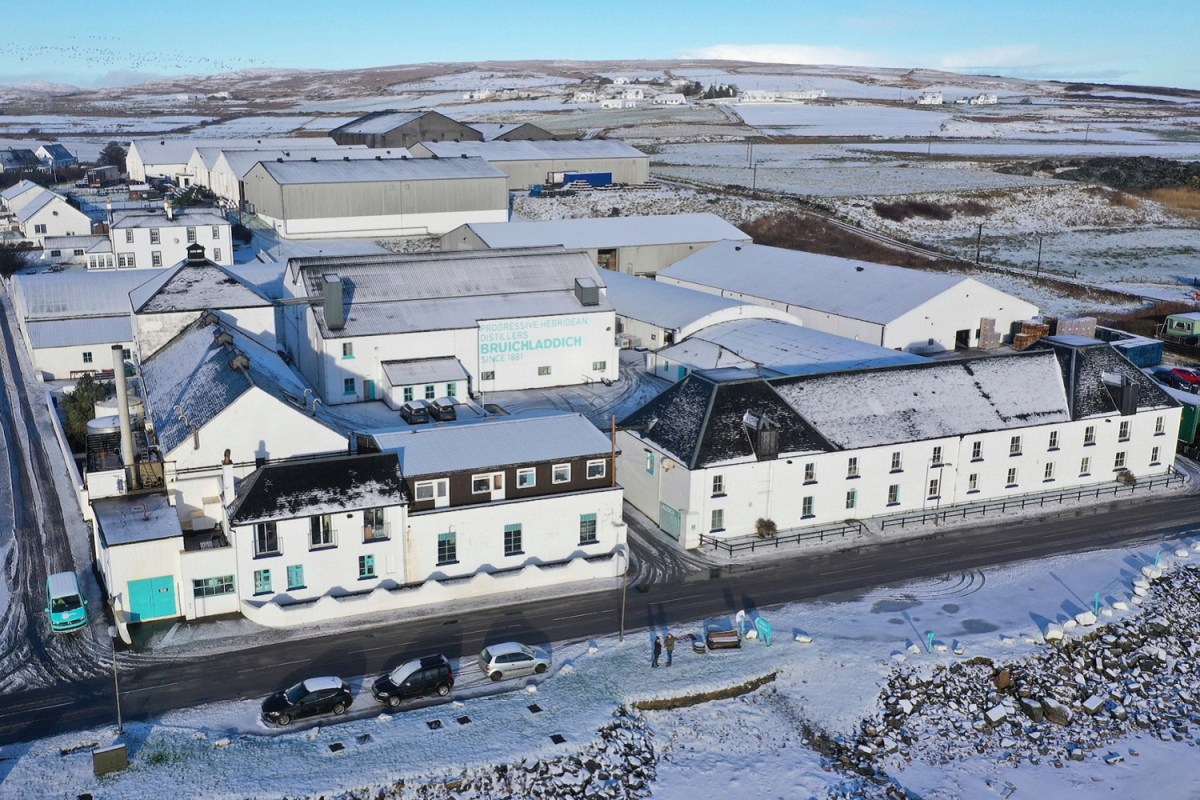Bruichladdich is an unpeated whisky from Islay, but the distillery is also famous for making heavily peated whisky, the world’s most heavily peated whisky and is also home to The Botanist Gin.
But it’s also much more than that, the distiller successfully retained its B-Corp status last year, increasing its score in the certification by 21 per cent. This distillery has Islay at its core, but not just from a spirits production perspective, but also the community, the people, the life on the island.
Global Brand Ambassador Abi Clephane explained this philosophy to Bars and Clubs: “Islay is not a brand, it’s our home, it’s our community and for us, one of the most important things, especially when we talk in terms of B-Corp is making sure we are putting back into the island, into the community.
“Whether that is looking at community days, and our workforce it’s also making sure that we do a lot of our production on the island, we do our all of our maturation on the island, which is very unusual.”
Bruichladdich’s is an interesting story, with the distillery being opened in 1881 by the Harvey brothers, the same family behind Harvey’s Bristol Cream. And they wanted to create a blended whisky that would be drunk all over the world and they wanted an island profile to be part of that blend.
As brothers do, they fell out and with no written agreements in place within the family the distillery was sold.
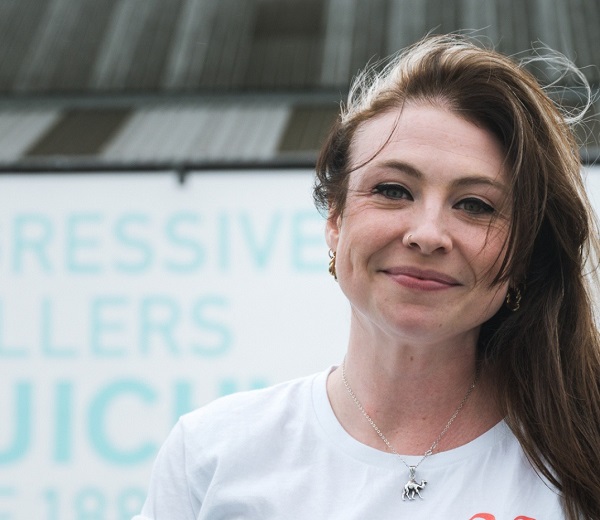
Abi explained: “We’ve been sold, we’ve been owned by a million different people and the distillery has always operated as a blending facility. Eventually the distillery was purchased by Whyte and Mackay, who at that time were making a lot of blended whisky and in 1994 they closed down Bruichladdich, keeping Jura open.
“We were closed down, and everybody thought that was the end. But we are quite fortunate because Mark Reynier, who didn’t really like whisky, tried a bottle of Bruichladdich that he had won in a tombola, and it became his mission to reopen the distillery.
“He tried for years and years and years, he wrote to Whyte and Mackay every year asking if he could buy it, they kept saying ‘no’, but then eventually one year they said ‘yes’, so he had to raise £7m really quickly, which he was able to do through his contacts in London and the wine industry and a lot of Islay people invested as well. Bruichladdich is the name of the distillery but it is the name of the village first and foremost, so a lot of local people got involved, raised the money and we reopened in 2001.”
Abi also explained that because the recent Founders Mark along with Simon Coughlin had backgrounds in wine, that caused them to think a bit differently about whisky, its production and begin to bring the idea of terroir, an important and accepted pillar of the wine world, into whisky.
“When Mark and Simon saw this raw ingredient coming into the distillery – they were wine people so the raw ingredients are everything, terroir is important – and they would see this barley coming in and just said ‘okay, this is exciting, this is where it begins, this is where the flavour comes from’, but people were saying ‘who cares, it’s just barley, barley makes no difference’.”
This was not in Mark and Simon’s mindset and so they set about making a difference at Bruichladdich, “we’re really trying to reconnect the flavour of the land that you are on, whether it’s on Islay, whether it’s on the mainland, whether it’s looking at heritage varietals, diversification of raw ingredients, that’s our focus,” Abi explained.
There are other simple, but crucial decisions that the distillery has made to help build its focus on terroir and its connection to Islay and its people. In 2004 Mark and Simon finally managed to persuade Islay farmer Raymond Stewart, to start growing barley. Islay is wet with over 200 days of rain a year, geese visit the island on their migration and eat everything, so it’s hard to grow barley, the yield is low and it has to be planted later in the year, which Abi explains, “means you get a much different composition inside the barley, but this makes it delicious”.
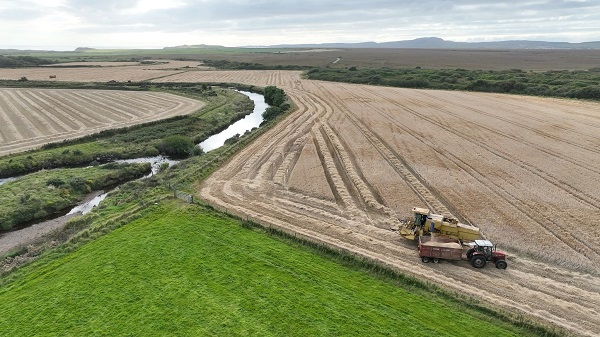
The distillery now works with 20 farmers across this island, with 52 per cent of its whisky coming from Islay-grown barley, and the rest is from the Scottish mainland.
And while Bruichladdich is proudly Islay and about terroir, it almost seems counter-intuitive that it produces an unpeated whisky, but Abi talked through this with Bars and Clubs.
“The peat doesn’t come into the process until you malt it, often distilleries say we use peaty water and that’s how they get the flavour of peat into the whisky, but we wouldn’t say that. The way I explain it is that when I was wee I used to bathe in brown water, it comes straight off the hill, into the tank and that’s what you bathe in. It’s not dirty it’s just filtered through peat. I didn’t use to run around smelling like Laphroaig. So, we say that you only get the peat flavouring with the malting.”
Malting is another aspect of whisky production that the Bruichladdich team has looked at and is bringing its environmentally positive ethos to. At the moment the barley is malted on the Scottish mainland, and with 52 per cent of its barley coming from Islay, they have to haul it there and back, an environmental loop the team wanted to close.
“We’re building a maltings at the distillery now that will be in the same style so we can do the Islay maltings here, they can do the Scottish barley maltings there and it’s just helping to take a lot of haulage off the road,” Abi said.
And it makes sense to be thinking about this because the distillery is launching a new bottle for its Classic, which has been redesigned to have less environmental impact, as Abi explained.
“The new Classic Laddie bottle has 60 per cent recycled glass, 65 per cent reduction in CO2, and is 32 per cent lighter. We’ve taken away the tin, we’re using organic paint, you can fit way more on a palette, we are using a responsibly sourced polypropylene – all the things I didn’t think I’d ever need to know about as a whisky ambassador. It’s such a big thing for us and we’re just looking at the whole thing.
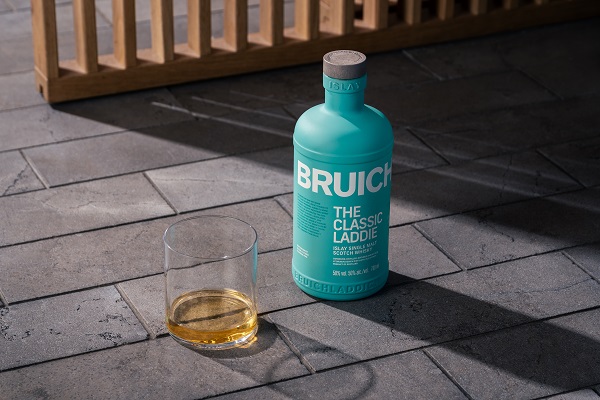
“And that’s one of the good things about the B-Corp for us, because it’s really the way we’ve always acted and B-Corp is a validation of how we’ve always worked as a company since we reopened in 2001.”
That is reflected in how well the business scored when it has its B-Corp certification re-validated at the end of last year, from a score of around 80 the first time, the business improved by 21 per cent to score over 100 points.
And while environmental and sustainability philosophies are great, for a distillery the truly important thing is the quality of the spirit and Abi talked through this with Bars and Clubs.
“Classic Laddie is our signature style and Lynne McEwan, who is Jim our former Master Distiller’s daughter and who I still work with, said ‘it’s our handshake to the world’. When it’s your least expensive expression, people sometimes think for some reason that it’s of lesser quality, but for us we say the opposite – it has to be the best. Because that’s the whisky that people will know us for, and it’s what they will try first, so if they try that and it’s rubbish, they are not going to try anything else.
“We do a very long fermentation and then a very, very slow distillation. Our stills a very long and slim, different to the other Islay distilleries, which all means we are getting more reflux inside the still and the more reflux you get the more copper interaction you get, which means you get a purer and more elegant spirit.
“With the Bruichladdich style of spirit it is light, floral, elegant with the Classic Laddie you get green apples, pears and honey. It sounds silly to say, but it tastes like barley and that’s what we want, we want our whiskies to present the barley in them, because they should. Also in the Classic Laddie there is a little salinity, because we mature 100 per cent on the island. People talk about casks living, you get the angels’ share, so they breathe out about two per cent a year – it’s not a lot on Islay because the weather is not that variable. But they breathe in as well and they take in the salty Islay air. If you walk around Islay and lick your lips, it’s salty. If you leave your car outside for too long it starts rusting, because the salt is in the air everywhere.
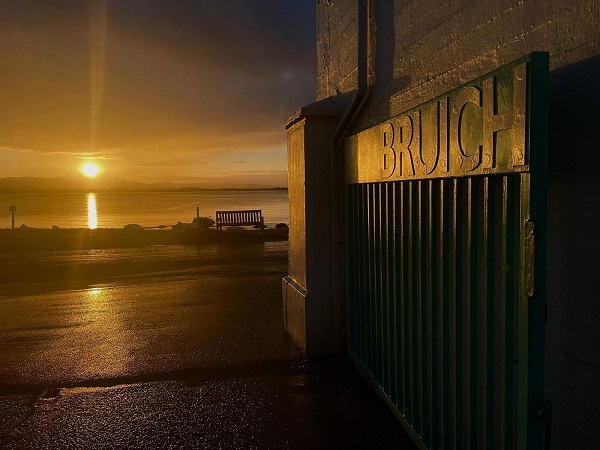
“So, for us the terroir is the ground, it is the barley, it’s the water we are using, we use Islay spring water to bottle everything, which is unusual, but the terroir is also that air that is constantly circulating the casks and it is a big difference for us because most other Islay whisky matures in Glasgow.”
The terroir, the attachment to the island, its community and its people is so apparent in everything that the Bruichladdich team does. Caring for Islay, its longevity and its incredible whisky industry as well as the wider world environment is not just a policy or a mandate it is part of the business, it is who they are. As sustainable drinks and businesses continue to drive consumer decisions and choices, here is one business, one distillery that takes this to a new level and gives you a great story to tell and a great range of whiskies to back up that great story.

